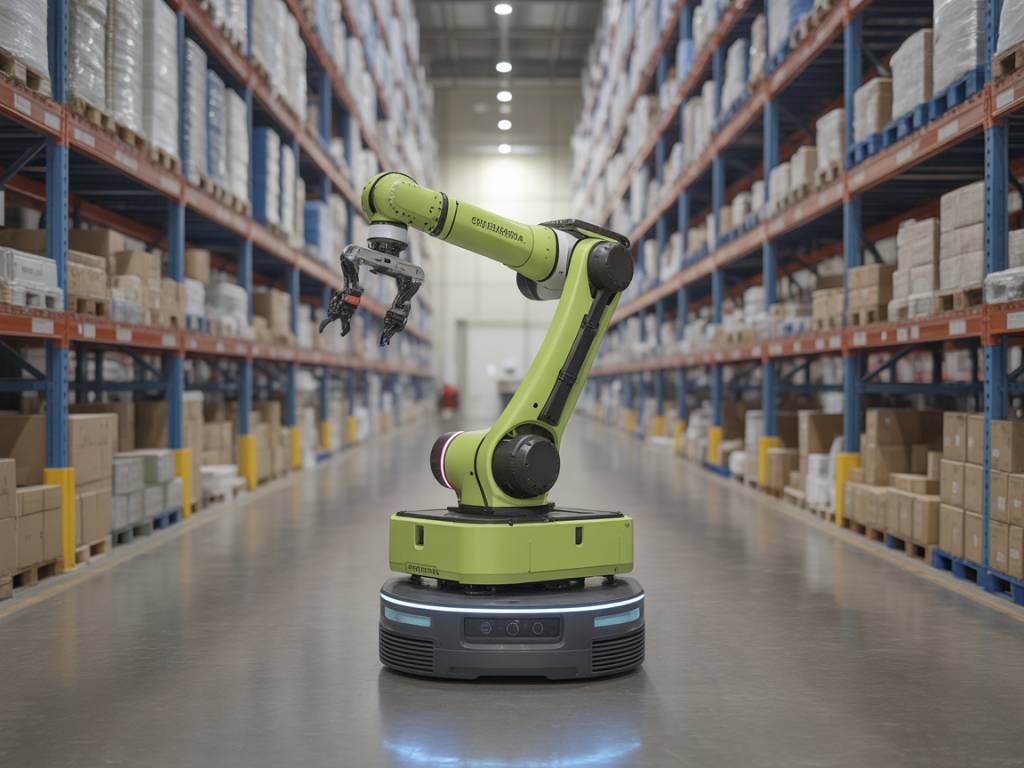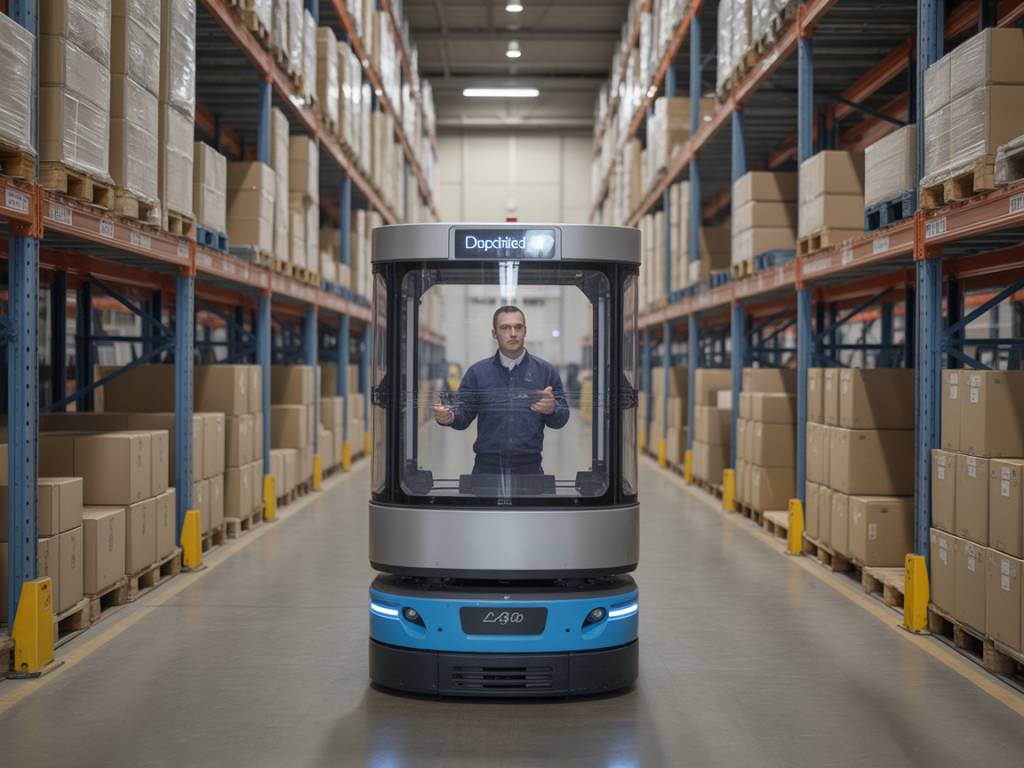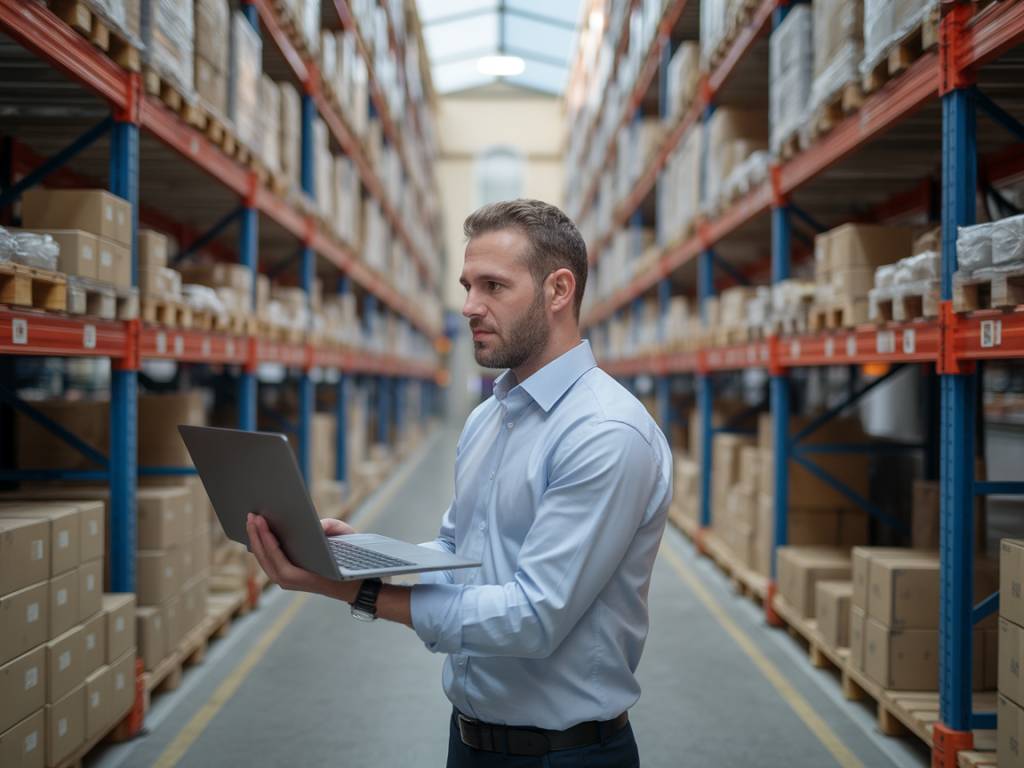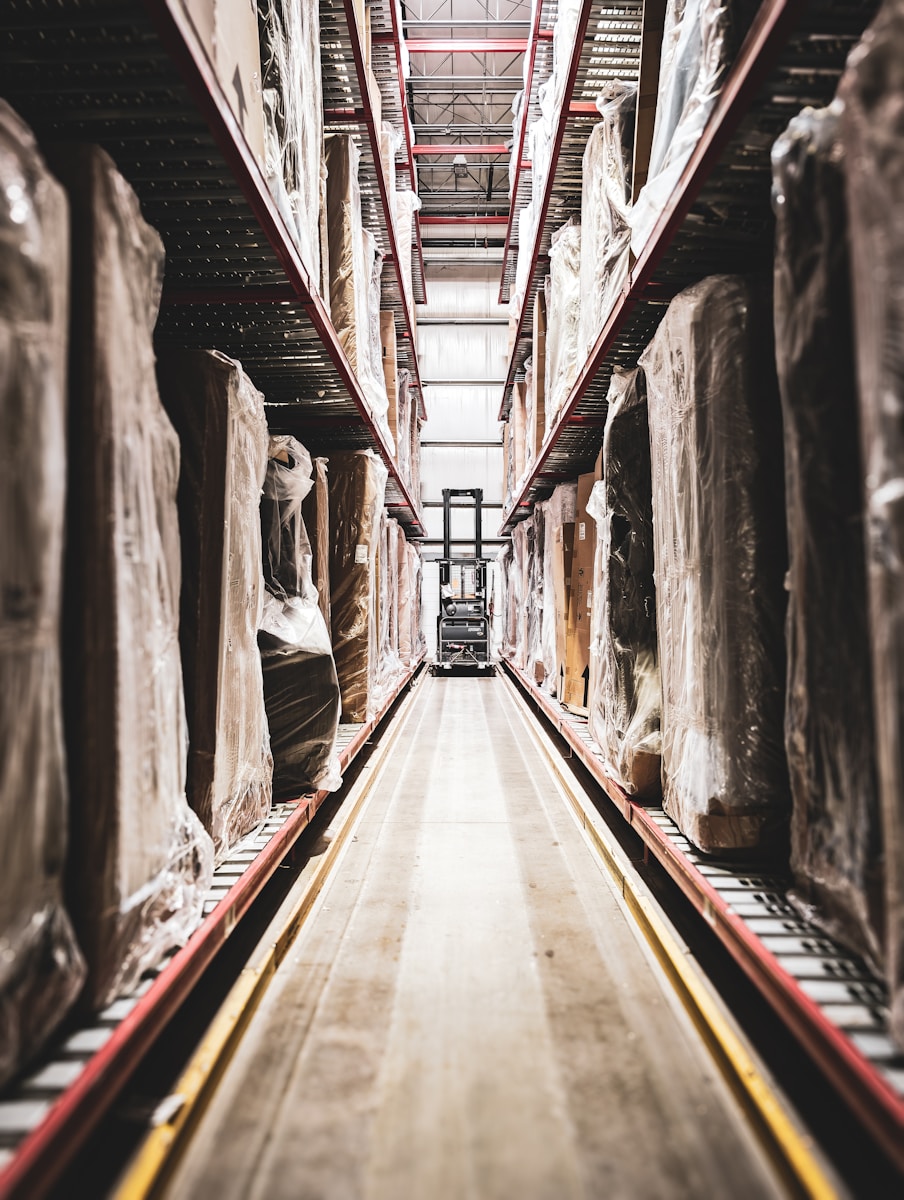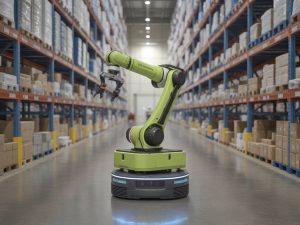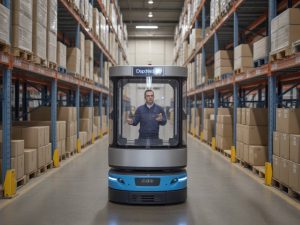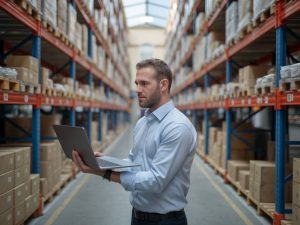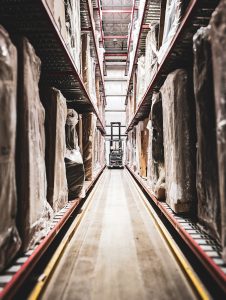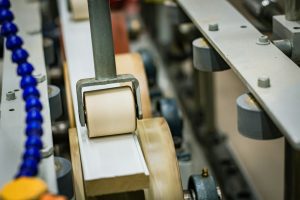Sustainability Meets Automation: How Green Robotics Are Transforming Supply Chain Logistics
The Intersection of Sustainability and Automation in Supply Chain Logistics
As global supply chains become more complex and environmentally conscious, the integration of green robotics is emerging as a game-changer. This fusion of sustainability and automation is not just a trend—it’s a necessary evolution. The logistics industry, historically associated with high emissions and energy consumption, is undergoing a transformative shift. Companies now face increasing pressure from regulators and consumers alike to reduce their carbon footprint while maintaining high efficiency.
Green robotics offers a viable solution. Designed with both ecological and operational goals in mind, these technologies are revolutionizing how inventory is transported, stored, and managed. From automated guided vehicles (AGVs) running on renewable energy to robotic arms built with recyclable materials, the logistics world is embracing sustainability in automation at an unprecedented pace.
What Are Green Robotics in Logistics?
Green robotics refers to the integration of environmentally friendly design, energy-efficient technologies, and sustainable materials into robotic systems used in logistics and supply chain operations. These robots are typically developed with features that reduce energy usage, minimize waste, and operate using renewable or low-impact resources.
Key characteristics include:
- Low energy consumption through efficient motors and smart navigation systems
- Solar-powered or battery-electric operation for warehouse vehicles
- Lightweight materials with low environmental impact
- Artificial intelligence (AI) algorithms to reduce unnecessary movements or idle time
Green robotics are a critical component of sustainable supply chain automation. As such, they play a pivotal role in achieving Environmental, Social, and Governance (ESG) targets set by modern enterprises.
Benefits of Green Robotics for Sustainable Logistics
The adoption of green robotics technologies provides a wide array of benefits that extend beyond carbon reduction. These systems help companies optimize resources, improve worker safety, and build a resilient supply chain. Below are some of the most impactful advantages:
- Reduced Carbon Emissions: Robots powered by electric batteries or solar energy reduce reliance on fossil fuels, minimizing greenhouse gas emissions in warehouses and distribution centers.
- Energy Efficiency: Smart sensors and AI-driven logistics robots can optimize routes and reduce idle times, ensuring lower energy usage.
- Lower Operational Costs: Over time, investing in sustainable robotics can lead to substantial savings in energy, maintenance, and labor costs.
- Increased Automation and Accuracy: Automating repetitive or high-volume tasks reduces error rates and enhances inventory management efficiency.
- Enhanced Corporate Image: Demonstrating a commitment to sustainable practices can elevate a brand’s reputation and boost customer loyalty.
Real-World Applications of Green Robotics in Supply Chains
Several industries are already leveraging green robotics to streamline their supply chain logistics while embracing sustainability. Here are some noteworthy examples:
- Retail: Major e-commerce players like Amazon are testing AI-powered robots designed to sort and move packages using electric power only. These robots are integrated into modern green warehouses equipped with solar panels and energy-efficient lighting.
- Automotive: Manufacturers such as Tesla and BMW deploy robotic arms and AGVs that are not only efficient but also designed with recyclable or modular components to support reuse and recycling.
- Food & Beverage: Cold chain logistics introduces green robotic systems capable of operating in temperature-controlled environments with minimal energy usage, maintaining food safety and environmental standards.
- Pharmaceutical: Automation in pharmaceutical warehousing increasingly relies on robotics that help maintain strict conditions with optimized resource use, increasing sustainability and compliance.
Each of these sectors demonstrates a proactive approach toward building logistics processes that are not only automated but also ecologically responsible.
Technologies Driving Sustainable Automation
The rise of green robotics in logistics is propelled by a combination of advanced technologies. These solutions are rapidly evolving, enabling wider adoption across industries worldwide. Key enabling technologies include:
- Machine Learning & Predictive Analytics: These tools optimize robotic workflows and anticipate maintenance needs, reducing waste and costs.
- IoT-Enabled Robotics: Internet of Things (IoT) devices collect real-time data to enhance robotic performance and coordinate energy management.
- Renewable Energy Integration: Solar panels and wind energy systems are increasingly being used to power logistics robots and smart warehouses.
- Lightweight & Recyclable Materials: Robots are being constructed with sustainable materials, which reduce their lifecycle impact.
This technological fusion ensures that automation does not come at the expense of the environment. On the contrary, it amplifies the value of robotics in sustainable supply chain strategies.
Implementing Green Robotics: Challenges and Opportunities
Although the benefits of green robotics are clear, implementing these systems is not without its challenges. Organizations must overcome several barriers:
- Initial Investment Costs: Sustainable automation solutions often require significant upfront capital, which may deter small to mid-sized enterprises.
- Technology Integration: Businesses must align new robotic technologies with existing software and operational processes.
- Skills Gap: Employees may require upskilling or retraining to operate and maintain advanced robotic systems.
- Regulatory Compliance: Navigating regional and international sustainability regulations can be complex.
However, these barriers also present opportunities. Green robotics pave the way for job creation in high-tech manufacturing and sustainability consulting. Government grants and green incentives are becoming more common in support of such transitions, especially in Europe and North America.
Future Outlook: The Role of Green Robotics in Circular Supply Chains
Looking forward, the role of green robotics will expand significantly in the pursuit of circular supply chains. In this model, end-of-life products are reused, refurbished, or recycled—minimizing waste and resource extraction.
Automation makes this model viable. With high-precision robots capable of disassembling products, sorting materials, and managing returns efficiently, the logistics industry can shift from a linear to a closed-loop framework. This transformative approach supports long-term sustainability and competitiveness in global markets.
Companies that invest in green robotics today are proactively shaping the resilient, efficient, and environmentally responsible supply chains of tomorrow.
